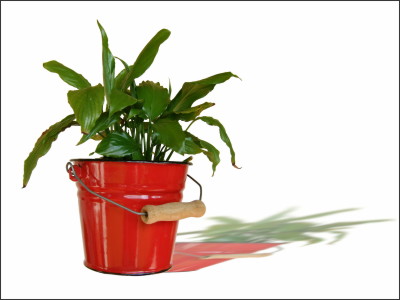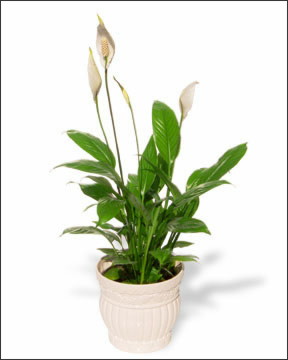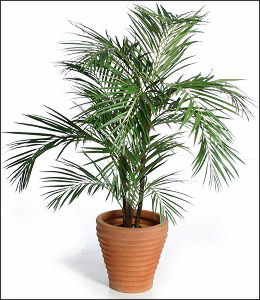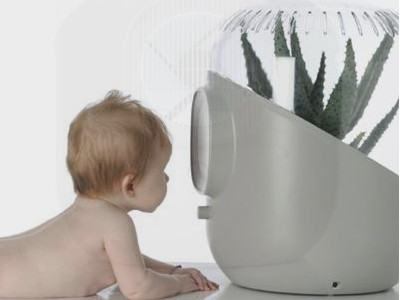The foliage plants considered good for air may release harmful volatile organic compounds

The foliage plants not only contribute to the aesthetic appearance of houses and offices but also cause sick house syndrome that supplies oxygen through photosynthesisVolatile organic compound(Volatile organic compounds (VOC)It has been generally thought that there is an effect to "clean the air", such as by adsorbing it.
However, some of the ornamental plants release VOCs, some of which have negative effects on health. Also, it is said that VOCs may be emitted from plastic flower pots, so it may be better for those who are planning to incorporate houseplants in the room.
Details are as below.Indoor Plants Found To Release Volatile Organic Compounds
University of GeorgiaIn the study by Stanley J. Kays et al. Of the Department of Horticultural Science, et al., We identified the VOCs emitted by four plants popular as indoor ornamental plants and measured their release. American Society for Horticultural ScienceHortScienceIn this study published in the magazine, we recorded the cause of the VOC and the difference in the release amount between the daytime and the nighttime.
The four target plants were Peace Lily (SpathiphilumofSpathiphyllum wallisii) · Snake Plant (Sanseberia) · Weeping Fig (Benjamin) · Areca Palm (Subfamily of Areca palmArecha Chrysalidocarpus lutescens Wendl) and allList of plants where air purification effect was recognized by NASAIt is also a popular foliage plant that is also listed in.
Peace Lily

Snake Plant

Weeping Fig

Areca Palm

Samples of four plants were placed in a glass container, purified air was supplied from the inlet with a charcoal filter and exhausted from the exhaust port to the VOC measuring device. Measured in the same manner for glass containers without plants as control.
As a result, 23 species in Peace Lily, 16 species in Areca Palm, 13 species in Weeping Fig, and 12 kinds of VOCs in Snake Plant were detected. It seems that a part of VOC was a component of insecticide used at the production stage. Apart from that, it seems that 11 kinds of VOCs derived from plastics in the flower pot were confirmed, in addition to VOC discharged by microorganisms in the soil. It is said that some of these VOCs were known to have an adverse effect on the health of animals.
In addition, it is believed that the release amount of VOC in all plants was higher in the daytime than in the nighttime, which is thought to be due to light involved in the synthesis of VOC.
"Although the effect of the ornamental plants that remove some VOCs is known, on the other hand, the foliage plants emit various VOCs,Physiologically active substanceThere are also known as. The period during which these VOCs continue to exist in the air has not been thoroughly investigated and the influence on humans is yet to be understood, "the study concludes.
So, apparently the plants themselves are not bad, it seems that the residual agricultural chemicals and plastic flower pots are the main cause. Microorganisms in the soil also play an important role in removing harmful substances in the air, but some of the adsorbed substances are released as they are or are digested and released as other substances It seems.
Whether the effect of cleaning the air and the release of harmful substances are offset can not be said unconditionally, but those who are planning to incorporate houseplants in the room have no loss by avoiding plastic flower pots maybe.
Related Posts:
in Science, Posted by darkhorse_log







